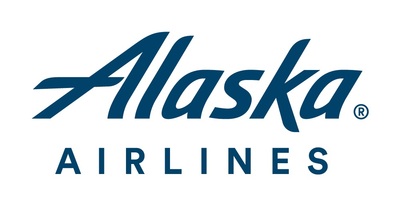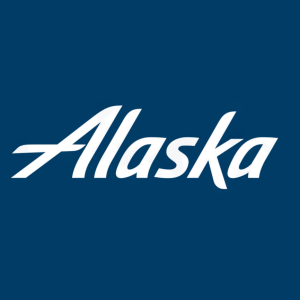Alaska Airlines technicians vote YES on new contract
The agreement, which was negotiated in 12 months, includes significant improvements such as increased pay, retirement contribution increases, and quality of life improvements. With this recently closed deal, Alaska Airlines has ratified seven contracts across six represented groups since 2022.
"The expertise, professionalism and dedication of our aircraft technicians is unmatched," said CEO Ben Minicucci. "I'm proud to have them working under a new contract just four months after their previous contract was amendable. This contract reflects the critical contributions of our technicians, improves their quality of life, and reinforces
"This agreement not only includes justifiable increases in pay, benefits, and quality of life, it gives our members a framework for fulfilling their careers with Alaska Airlines," said Bret Oestreich, AMFA National President. "Thanks to our negotiating committee, we were able to secure protections in headcount and work rules, as well as job security for work performed by our members for decades. AMFA prioritized the interests of all its members in various classifications when bargaining the deal, and this agreement shows the importance of our members remaining unified and AMFA's strength at the bargaining table," Oestreich continued. "Our focus now shifts to working with Alaska Airlines to attract and retain qualified, skilled professionals, and this industry-leading contract will make that job much easier."
Effective as of the previous contract's amendable date (October 17, 2023), the new contract contains:
- Wage increases including a top-of-scale rate of
$65.85 - Quality of life improvements to schedules to reduce life disruptions and incorporates seniority for shift times to recognize length of service.
- Retirement contribution increases and caps to health care costs.
- Language changes that allow for increased productivity.
The previous contract with AMFA became amendable in October 2023. Contracts in the airline industry do not expire. Once they become amendable, the current contract remains in effect until a new agreement is ratified.
About Alaska Airlines
Alaska Airlines and our regional partners serve more than 120 destinations across
![]() View original content to download multimedia:https://www.prnewswire.com/news-releases/alaska-airlines-technicians-vote-yes-on-new-contract-302089665.html
View original content to download multimedia:https://www.prnewswire.com/news-releases/alaska-airlines-technicians-vote-yes-on-new-contract-302089665.html
SOURCE








